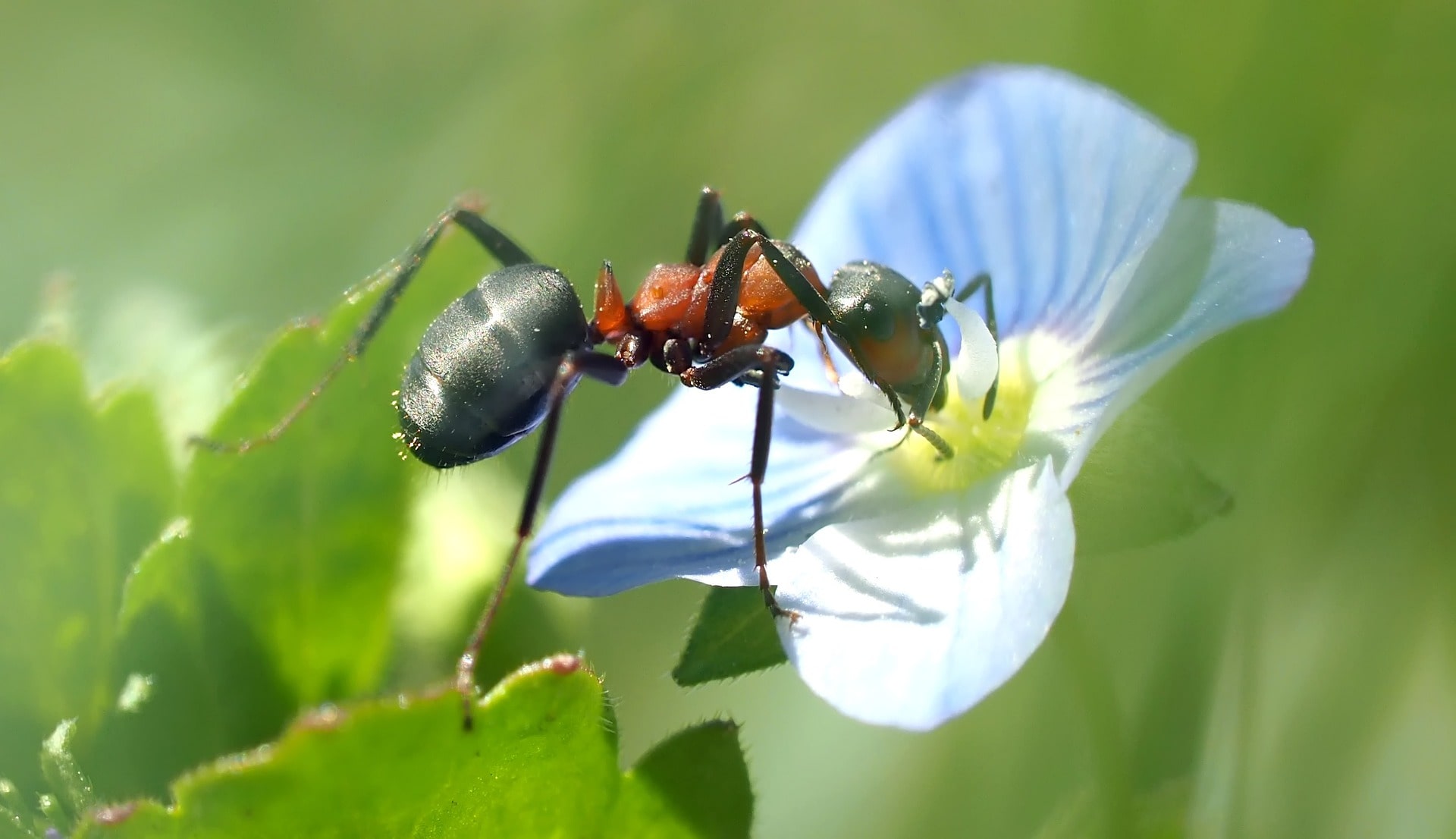Introduction
Ant farms are a popular and educational way to observe the behavior and social structure of ants in their natural habitat. These small ecosystems can be a fascinating and rewarding hobby, but they do require some attention and care to ensure that the ants are healthy and the farm is functioning properly. In this article, we will discuss the best ways to care for an ant farm and keep your ants thriving.
Choose the right species
The first step in caring for an ant farm is choosing the right species of ant. There are hundreds of different ant species to choose from, each with its own unique characteristics and care requirements.
Some popular species for ant farms include the Harvester Ant, the Red Imported Fire Ant, and the Leafcutter Ant. Moreover, it is important to do your research and choose a species that is appropriate for your climate and experience level.
Set up the right environment
The environment you create for your ants is critical to their health and well-being. Ant farms typically consist of a habitat, a food source, and a water source.
The habitat should be large enough to accommodate the size and needs of your particular species, with plenty of tunnels and chambers for the ants to explore and build their nest. It is also important to maintain the proper temperature and humidity range for your ants, as these can vary greatly depending on the species.
Provide a proper diet
Ants are omnivorous and will eat a variety of foods, including seeds, fruits, vegetables, and insects. It is important to provide a varied diet for your ants to ensure that they are getting all of the nutrients they need.
The best feeding practices include a protein source, such as small insects or eggs, to help support egg production and overall health. It is generally recommended to feed your ants every few days, removing any uneaten food to prevent contamination.
Keep the habitat clean
Ant farms can quickly become dirty and cluttered if not properly maintained. It is important to clean the habitat regularly to remove any excess debris or waste and prevent the buildup of harmful bacteria.
This can be done by using a small brush or a vacuum to remove any visible dirt or debris. ttIt is also a good idea to change the substrate every few months to keep the habitat fresh and hygienic.
Monitor the water source
Water is critical for the survival of ants, and it is important to make sure that your ants have a clean and reliable source of hydration. This can be provided through a small water dish or a wicking system, such as a cotton ball or sponge soaked in water. It is important to monitor the water source regularly and refill or replace it as needed to prevent dehydration.
Observe and interact with your ants
Part of the fun of an ant farm is observing and interacting with your ants as they go about their daily activities. It is important to resist the temptation to handle or disturb your ants too much, as this can stress them out and disrupt their natural behavior.
Instead, try to observe them from a distance and interact with them in a gentle and respectful manner. You can also provide small, safe toys or objects for the ants to interact with and explore.
Keep the habitat secure
It is important to keep your ant farm secure to prevent any accidents or escapes. This includes making sure that the habitat is escape-proof and that all ventilation holes are properly screened. It is also a good idea to keep the ant farm out of reach of children and pets, as well as away from any dangerous or toxic substances.
Add new ants to the colony
Over time, it is natural for ants to die or leave the colony, which can lead to a decline in the population. To keep your colony healthy and thriving, it may be necessary to add new ants to the mix.
This can be done through a process called “colony splitting,” which involves carefully transferring a portion of the existing colony to a new habitat. It is important to do this slowly and carefully to minimize stress and prevent any accidents or injuries.
Understand the life cycle of ants
Understanding the life cycle of ants can help you better care for your colony and anticipate any changes or challenges that may arise. Ants go through several stages of development, starting as eggs, then larvae, pupae, and finally adults.
The life cycle of an ant can vary greatly depending on the species, with some ants living for just a few weeks and others living for several years. It is important to understand the unique needs and characteristics of your particular species to provide the best care possible.
Seek out experienced guidance
If you are new to ant farming or have any concerns about your colony’s care, it is always a good idea to seek out experienced guidance. There are many resources available, including online forums, local entomology clubs, and experts who specialize in ant farming. Don’t be afraid to ask for help or advice if you need it.
Conclusion
Ant farms can be a rewarding and educational hobby, but they do require some attention and care to ensure that the ants are healthy and the farm is functioning properly. By following these 10 tips, you can help ensure that your ant farm is a success.
As with any pet, it is important to do your research, be patient, and seek out experienced guidance if you have any questions or concerns. With the right care and attention, your ant farm can be a fascinating and enriching experience.
